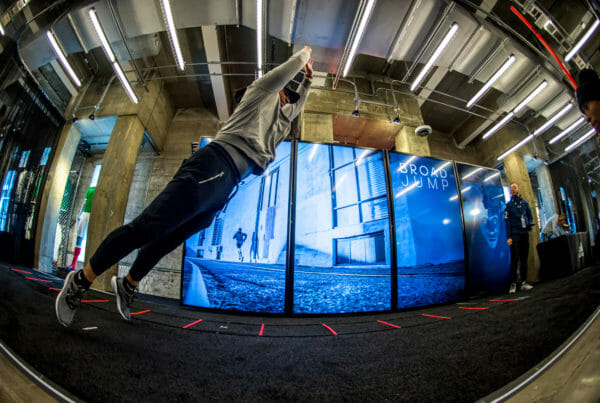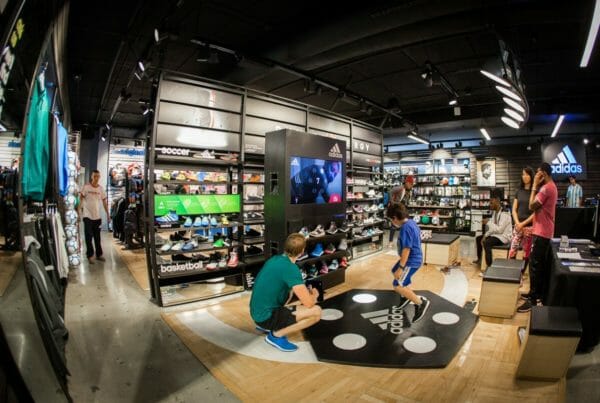This holiday season certainly created a different atmosphere than we are used to seeing during the hustle and bustle of the season. However, that didn’t mean that the industry struggled, because it certainly didn’t. As retailers across the country (and across the globe) forecasted either cautious growth or a stagnant season, they were surprise by what they saw. After a year of many ups and downs for retailers in the U.S.A., many actually witnessed a holiday retail season that made us optimistic that 2021 was going to be a lot better than 2020.
Deloitte predicted K-Shaped growth going into the season of between 0-1%, mainly because the retail marketplace was encouraging consumers to shop early, thus bumping some spending into the 3rd quarter as opposed to traditional holiday spending in Q4.
The investment in digital and e-commerce platforms over the past handful of years for many retailers began to pay off in this Covid landscape. As consumers were stuck home and turned to e-commerce for a lot of their holiday shopping, some retailers saw unexpected growth in quantities they hadn’t imagined. For instance, jewelry retailer Signet saw in-store sales jump 5.6% (which was higher than forecasted) and, while sales remained relatively flat overall YOY, they did see 60%+ growth in e-commerce that allowed them to overcome the early year decline attributed to retail stores being closed due to the pandemic.

Another example was Nordstrom who saw brick and mortar sales decline 22%, but witnessed a 23% rise in e-commerce and digital ordering. Nordstrom saw a lot of this online growth in consumables such as clothing, body products, and shoes. Had they also expanded the strategy into high growth areas like home and bedding (which saw nearly double digit industry wide growth this season), their numbers would have certainly been even better.
While raw sales outperformed forecasts, especially in the e-commerce category, holiday pay and additional shipping costs hit margins relatively hard this year. With many shipping and mail issues during the season, companies issued more replacement products and reshipped items at a 7% higher clip than in years past. This made the holiday season slightly less profitable for many brands. However, overall this margin hit was overcome in many instances as e-commerce business units posted record sales at a majority of online retailers.

In a year where e-commerce has seen strong growth, it is important to touch on the busiest of holiday times, the “Cyber sales period.” Cyber Monday sales increased by 15.1% over last year. Revenues actually grew nearly $11 billion. This is according to data from Adobe, which found that between Thanksgiving Day and Cyber Monday (but excluding Sunday), shoppers spent $29.7 billion from online retailers. Small Business Saturday saw 30% growth as well, as shoppers flocked to support their local businesses that have been ravaged by Covid-19 restrictions.
In summary, this holiday period showed retailers that e-commerce is only going to continue to grow in the years to come. The brands that sell direct and retailers that focus on digital are going to be those that win in the post-pandemic landscape. Intermixing retail activations, kiosking, touchless shopping options, and the in-home experience is going to be vital for success in this landscape. There is still an experience to be had in-store, but it is becoming more evident by the day that consumers are not only comfortable with, but in many instances prefer, the online experience. If you’d like to learn more about how Bluewater can help your retailer stay ahead of the curve, please contact us and we’d be happy to answer any questions.












